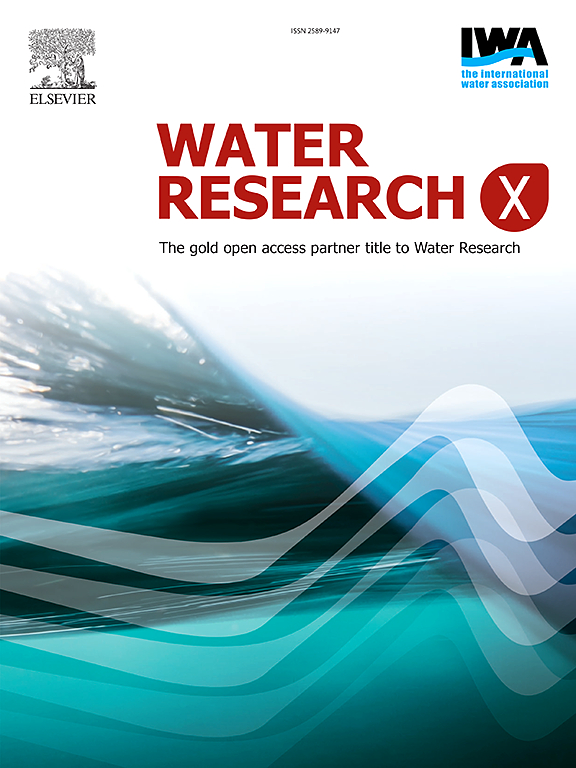Soil-derived dissolved organic matter in Inland wetlands along A temperate river: Insights from spectroscopic characteristics coupled with machine learning methods
IF 8.2
2区 环境科学与生态学
Q1 ENGINEERING, ENVIRONMENTAL
引用次数: 0
Abstract
Dissolved organic carbon (DOC) is a critical component of wetland carbon cycling, yet the sources and characteristics of soil-derived dissolved organic matter (DOM) that influence DOC dynamics in inland river wetlands remain poorly understood. This study investigated the spatial variations in DOM sources and composition, and their influence on DOC dynamics in 12 river wetlands across China's second-largest inland river basin, the Heihe River Basin. Using UV–Vis spectroscopy and fluorescence excitation-emission matrix (EEM) spectroscopy coupled with parallel factor analysis (PARAFAC), we found that wetland soil DOM predominantly consisted of protein-like components and had low aromaticity and hydrophobicity. Protein-like fluorescence was more pronounced in downstream wetlands than in midstream and upstream wetlands, and it was higher in subsoil compared to topsoil. Spectroscopic indices indicated low aromaticity and humification but high bioavailability, particularly in downstream wetlands. Machine learning analysis revealed that DOM spectral characteristics had a stronger direct influence on DOC dynamics than geographical and soil properties of the sites. The biological and humification indices of DOM were significantly negatively and positively correlated with DOC concentration, respectively. In addition, DOM characteristics were significantly correlated with elevation, climate, and soil properties. Our findings highlight the critical role of environmentally driven DOM characteristics in controlling DOC fate, providing valuable insights for predicting soil carbon biogeochemistry and informing carbon management strategies in inland wetlands.

温带河流沿岸内陆湿地土壤溶解有机质:光谱特征与机器学习方法的结合
溶解有机碳(DOC)是湿地碳循环的重要组成部分,但影响内陆河湿地DOC动态的土壤源性溶解有机质(DOM)的来源和特征尚不清楚。研究了中国第二大内陆河流域黑河流域12个河流湿地DOM来源、组成的空间变化特征及其对DOC动态的影响。利用紫外可见光谱、荧光激发发射矩阵(EEM)光谱和平行因子分析(PARAFAC),我们发现湿地土壤DOM主要由蛋白质样成分组成,具有较低的芳香性和疏水性。蛋白质样荧光在下游湿地比中游和上游湿地更明显,底土比表层土壤高。光谱指数显示芳香性和腐殖化程度低,但生物利用度高,特别是在下游湿地。机器学习分析表明,DOM光谱特征对DOC动态的直接影响强于地理和土壤特征。DOM的生物学指标和腐殖化指标分别与DOC浓度呈显著负相关和显著正相关。此外,DOM特征与海拔、气候和土壤性质显著相关。我们的研究结果强调了环境驱动的DOM特征在控制DOC命运中的关键作用,为预测内陆湿地土壤碳生物地球化学和提供碳管理策略提供了有价值的见解。
本文章由计算机程序翻译,如有差异,请以英文原文为准。
求助全文
约1分钟内获得全文
求助全文
来源期刊

Water Research X
Environmental Science-Water Science and Technology
CiteScore
12.30
自引率
1.30%
发文量
19
期刊介绍:
Water Research X is a sister journal of Water Research, which follows a Gold Open Access model. It focuses on publishing concise, letter-style research papers, visionary perspectives and editorials, as well as mini-reviews on emerging topics. The Journal invites contributions from researchers worldwide on various aspects of the science and technology related to the human impact on the water cycle, water quality, and its global management.
 求助内容:
求助内容: 应助结果提醒方式:
应助结果提醒方式:


